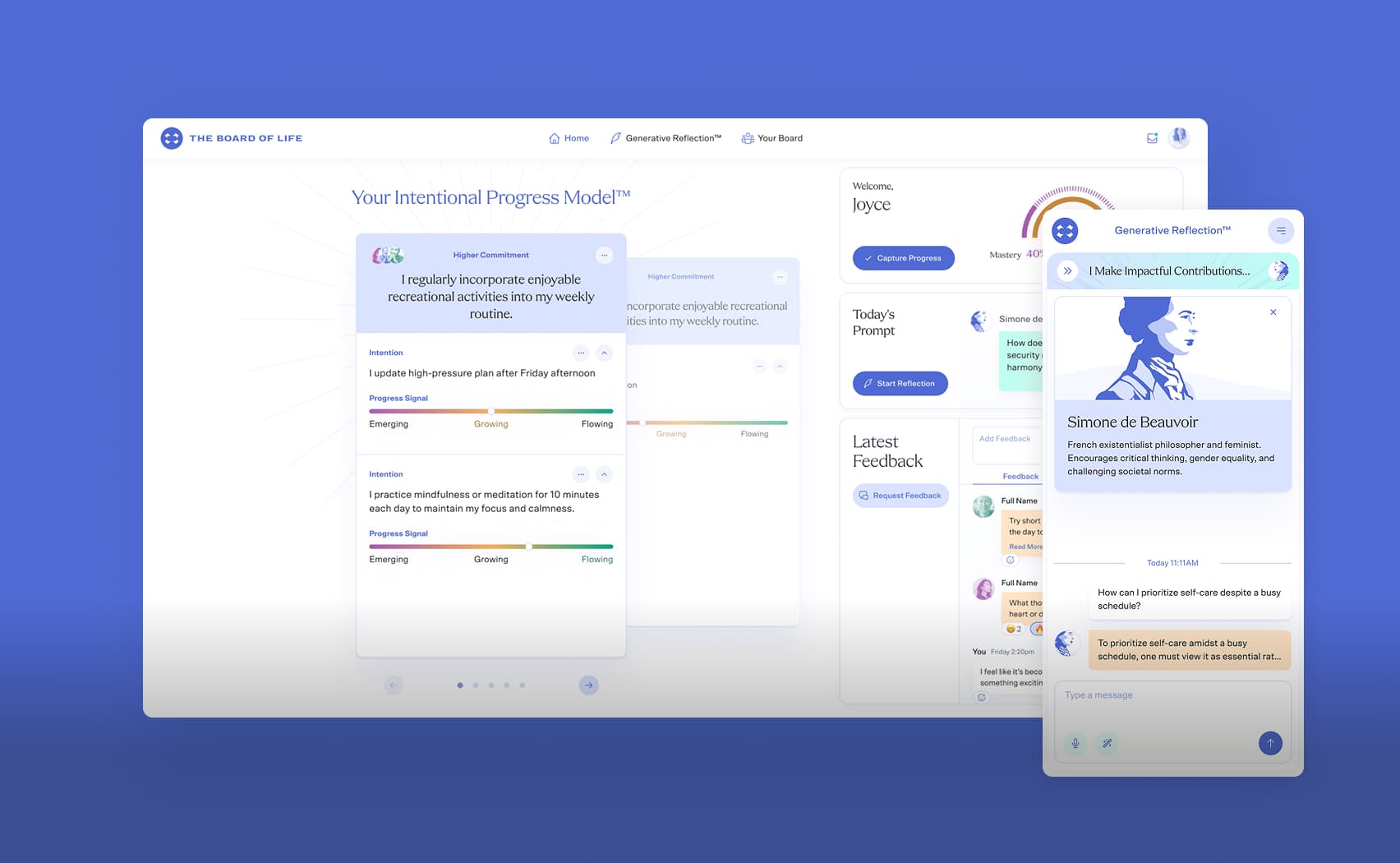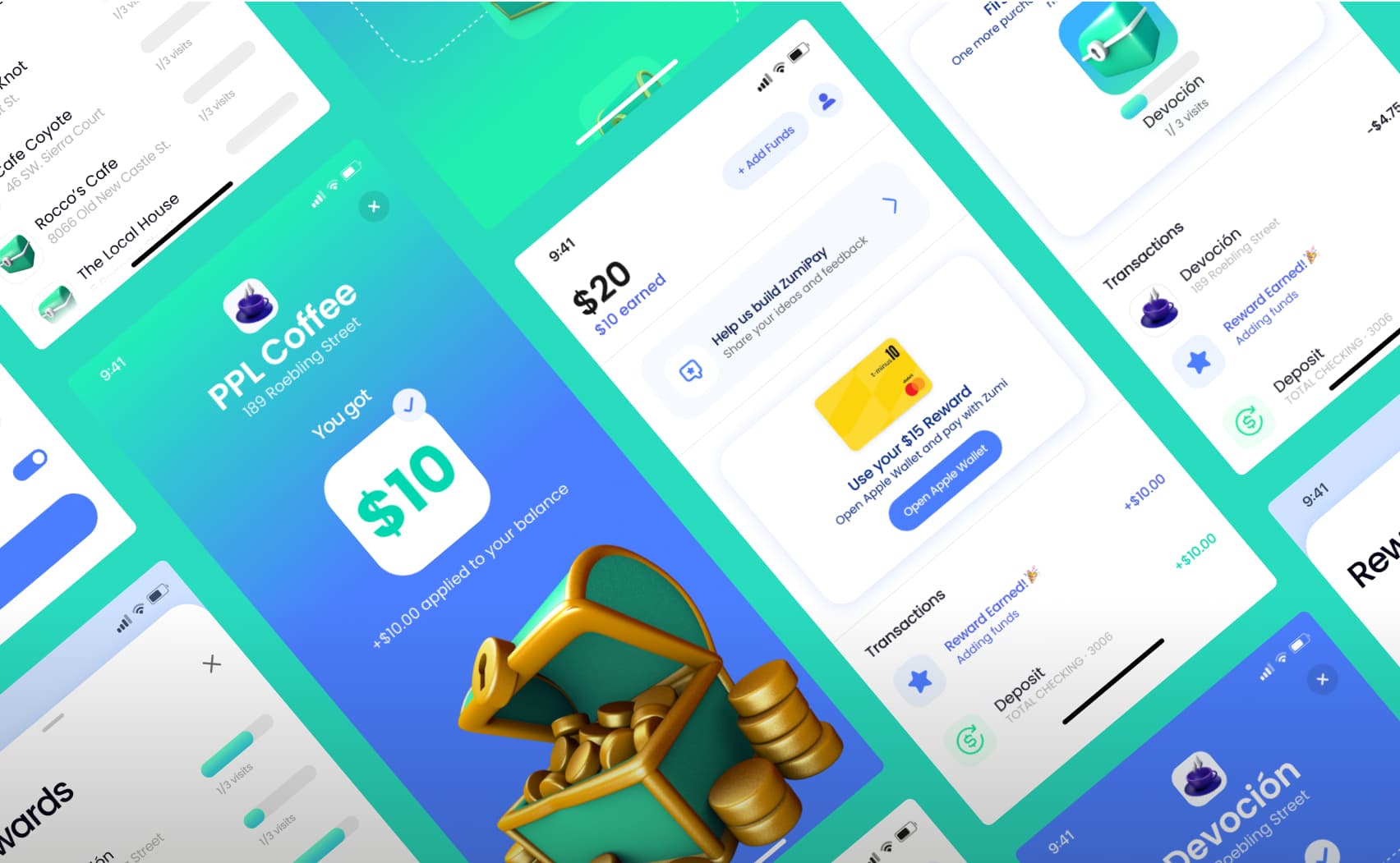A Non-Technical Founder’s Guide to Building a Tech Startup: From Development to Success
In my last article, I discussed what building a tech startup looks like before development begins. Because this is such a big part of the whole process, it shows how non-technical founders can bring their skills to the table.
In this article, I will cover what the rest of the process looks like: building an MVP and beyond.
Here are the main steps to consider during and after development:
- Building an MVP
- Navigating the development process
- Marketing and launch strategies
- Scaling and growth strategies
- Long-term maintenance and support
Developing an MVP
I’ve written a lot about MVPs in the past because they are so important for startups and such a big part of what JetRockets does.
An MVP is really a kind of experiment. It is the “minimal”, or most basic, product that demonstrates the core product you want to sell. By trying to market it, you can verify that your idea is actually a good one in the first place.
There’s a saying that you should be embarrassed by the quality of your MVP, and there is truth to that. It is a mistake to spend lots of time finessing and perfecting your MVP, especially if it was destined to flop anyway.
On the bright side, if you are embarrassed by the quality of your MVP and it actually does well, that’s great news. That means an even better final version is likely to succeed!
Navigating the Development Process
In the early days of software, development usually followed a “Waterfall” pattern. In this approach, developers made a big detailed plan for every feature they wanted, along with an exact timeline and budget for the whole thing.
This practice frequently ended in disaster. It is practically impossible to predict so many details so far in advance.
Starting in the 1990’s, developers started experimenting with what is now called the “Agile” method. In this approach, there is no completely fixed timeline, budget, or set of features.
Instead, the team keeps updating their plans at regular intervals to reflect new developments. By iterating repeatedly, a functional product gradually emerges over time.
For example, a team might operate in two week long sprints, over which time they attempt to carry out everything in their plan. Then they sit down with the client, show them what worked and what didn’t, and come up with a new plan for the next two weeks.
All of this hinges on effective communication and collaboration with the development team. Together, all parties can overcome common challenges and manage expectations during development.
Marketing and Launch Strategies
Nobody has ever heard of your product- because it doesn’t exist yet!
To fix that problem, you will have to create a strong marketing plan for generating buzz and generating an early user base. For most products, that will involve leveraging digital marketing channels and social media for visibility.
Depending on the size of your budget, you may have different options for how you will get your marketing actually carried out.
At one end of the spectrum, you do all the marketing yourself. This is probably only feasible at the very beginning, and for very small products.
You might also hire a person or two just to do marketing. This could be on a permanent or ad hoc basis.
Finally, you can hire an entire third party marketing team to do your marketing for you. This may be the costliest option, but also the most effective.
Scaling and Growth Strategies
Scaling and growing your startup will take a long time of persistent effort, but the results are worth it.
At every stage you need to balance customer acquisition with retention. Depending on the nature of your business model, one might be more important than the other. Do you expect to rely more on short, one off engagements, or on long-term customer relationships?
Ultimately, you will have to adapt and adjust your business model based on market feedback. It is not uncommon to expect one thing to happen, only to find something else happening instead.
Long-term maintenance and support
Software resembles a living thing. Like a tree in a garden, it needs to be carefully pruned, cultivated and maintained, even after it starts bearing fruit.
This is because all software depends on other software, which depends on other software, which depends on other software. Every time one application or library is updated, it affects the whole system.
And there is a permanent cybersecurity arms race between hackers and developers, creating a need for constant security updates.
Furthermore, no application is ever 100% complete. Launching your product is just the beginning of a long journey, in which you gradually add new features and adjust the UX.
There is always more to learn from customer feedback about what people actually want.
As part of all of our development packages, we offer some form of maintenance and support after launch.
Building a startup takes all kinds of skills
There’s a lot more to running a startup than technical know-how. It also takes people skills, organizational skills, patience, determination, and a bit of luck.
We have personally seen and helped many non-tech founders reach their dreams by providing the technical expertise they need.
Have an idea or vision for the next big tech startup? We’d love to chat!



